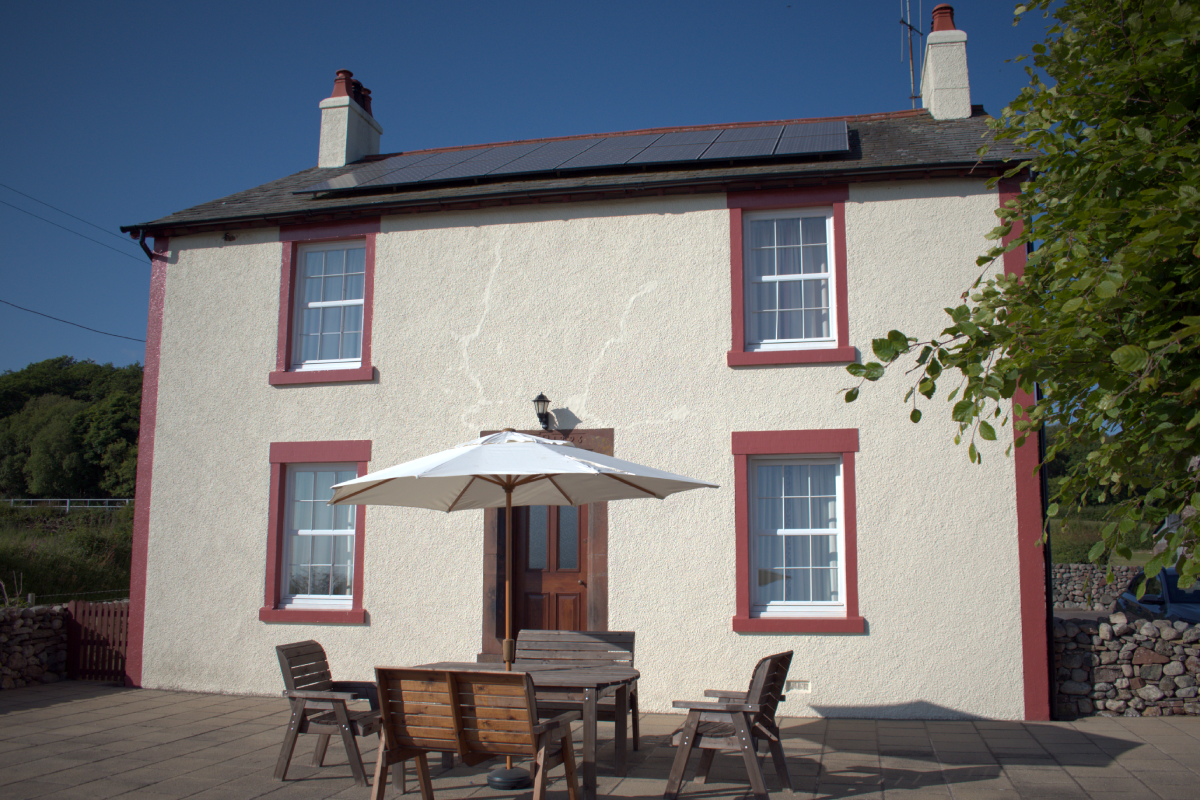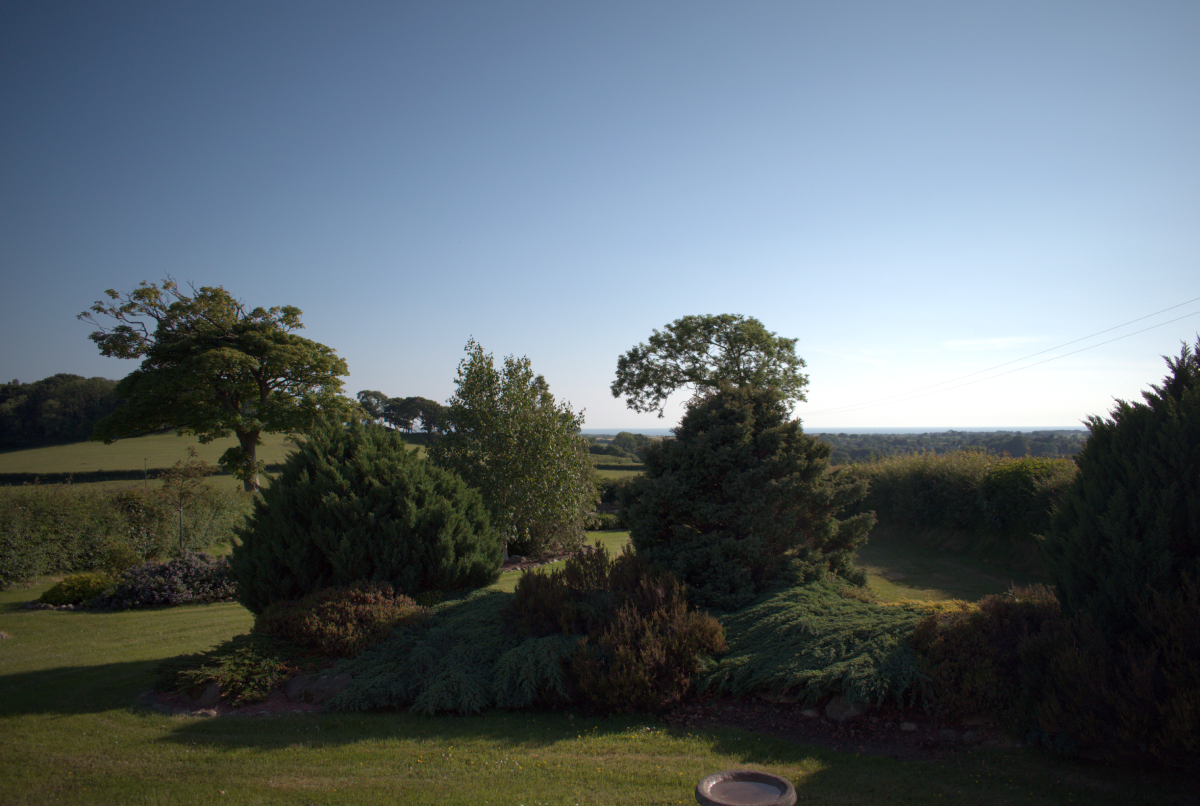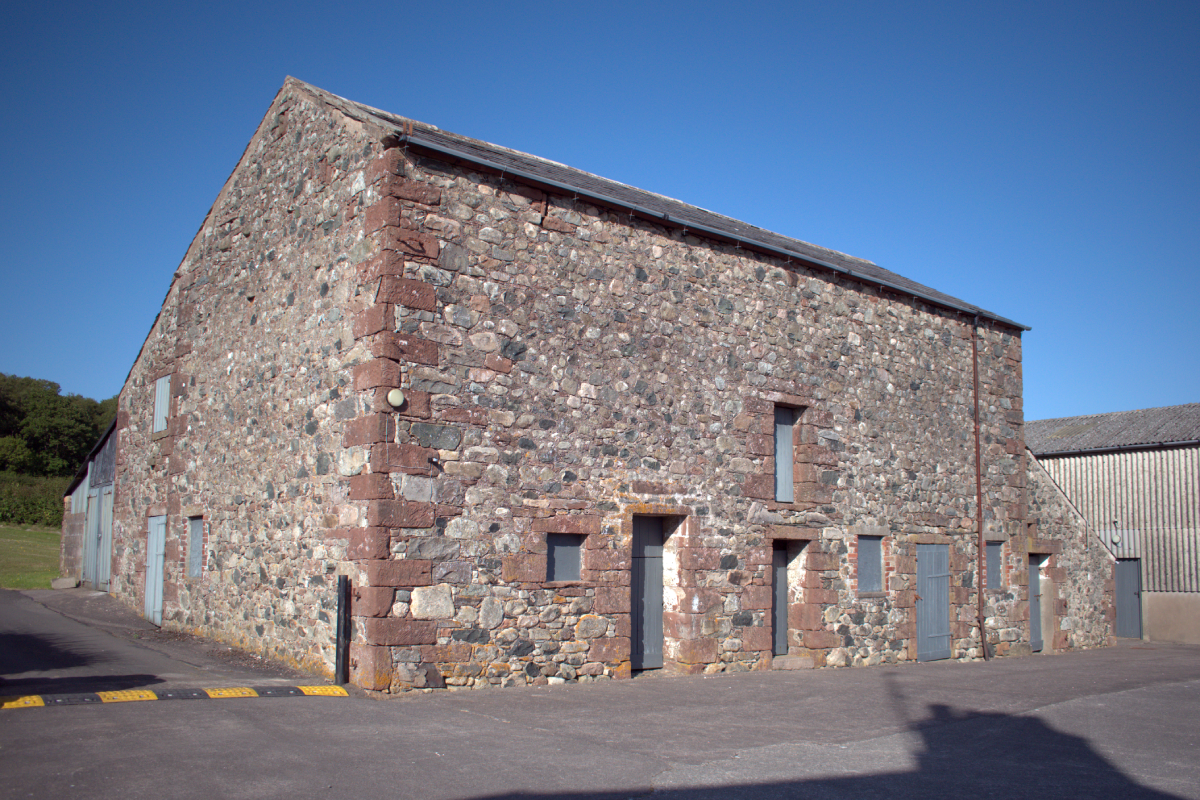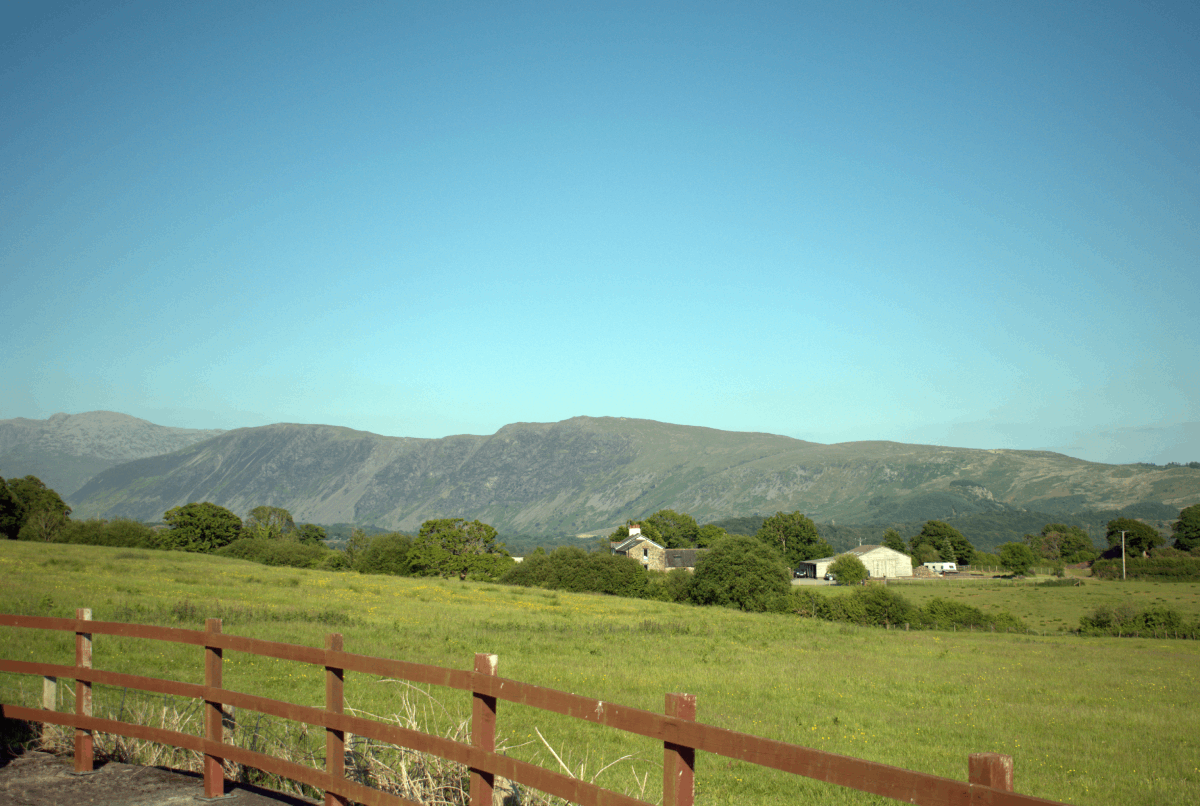
It’s been a sunny start to June in Cumbria and what better reason to get out and about and explore the beautiful countryside that inspired Hugh Walpole.
One of my destinations this week was Sowemyrr farm (misspelt in Hugh’s autobiographical work ‘The Apple Trees’ as ‘Sower Myre’), a beautiful little place hidden down a windy road in Gosforth near Seascale. I sent a message the current owner of the property, Joyce, who invited me across to drop in and experience the place for myself. I couldn’t turn down the chance to follow the footsteps of Hugh’s teenage years.
I’ve written about Sowermyrr before on the blog, because this is where Hugh Walpole was brought by his parents to stay on holiday as a teenager. The farmhouse at the time was owned by the Armstrongs, the family who welcomed the Walpole’s on their vacations. It was Hugh’s first introduction to the Cumbrian countryside and it had a profound effect on him, starting a love affair with the area and it was here he first conceived an embryonic version of Rogue Herries.
In a 1937 essay Hugh writes:
“The origins of Rogue Herries go back an immense way, so far indeed as my very young childhood. For a number of summers from the age of nine to fourteen or so, I went with my parents to stay in a farmhouse in the village of Gosforth in Cumberland, near the lake of Wast Water. It was some ten miles from Wast Water and three miles from the sea, and from the little wind-swept garden of the farm you looked across flat land to the line of sea, and sometimes on a clear day, to the Isle of Man, a little dumpy cloud on the horizon.
I don’t know why it was. I am half Cornish and was brought up all my early years in Cornwall. There is no question, of course, but that the Cornish sea coast is very much finer in every way than the Cumbrian; there is no comparison at all. And yet, that smudgy line of sea from the farm garden was more romantic to me than all the great beauties of Tintagel and the coast beyond Penzance.”
And on my visit to Sowermyrr this week I stood in that very same spot looking out at the same smudgy line of sea from the farm garden over to the Irish Sea, and although the photo doesn’t do it justice there was indeed a sense of peace and tranquility, a sense of freedom and space from that spot. After his traumatic childhood I can see why Hugh would have embraced his holidays at Sowermyrr and how it gave him the space to clear his mind and inspire him to conceive what would become his most famous (and epic) series of books in later life.

In The Apple Trees, Hugh describes his childhood experiences staying at Sowermyrr:
” The Farm, to my young eyes, consisted entirely of a large kitchen with a cavernous oven, and the hay loft at the end of the tangled garden. There was a bedroom that I shared with my young brother…the wind whistled through the bedroom wallpaper. Sower Myre knew all the winds, samples of one or another paying visits on the majority of days, sea-winds filled with shells, mica and seaweed from Seascale; high turfy winds from Black Combe; icy shining winds from Wastwater – and then of a morning we would awake and find all the winds wrapped away, the morning as still and scented as the honeysuckle, so that you could almost fancy you heard the sunlit waves curling on the Seascale beach three and a half miles away.
Through those golden summers, I tried to run my little world. In the Barn and Hayloft, which was our particular kingdom, I conducted cultural hours rather as to-day Oxford and Cambridge arrange their extension courses. In teh fields that rand down the hill to the dark woods I planned a kind of Olympic Games – wrestling, flat-racing, hurdling, tug-of-war. For these there were prizes towards which every competitor must contribute, and the fact that I , older than the others, won as a rule the prizes never seemed to strike me as unfair!”


Back in his 1937 essay on Cumbria he goes on to describe the impact of his his visits to Seascale beach whilst staying at Sowermyrr:
“We used to bicycle out to the seashore and spend sunny afternoons there, and the first attempt at writing I ever made was a would be sensational story about smuggling concerned with that piece of sea coast and the Isle of Man. I have it still in a small red exercise book, with illustrations by myself. It. did not proceed very far. but that small exercise. book is one of the two origins of Rogue. Herries.”
So continuing following Hugh’s early footsteps after a lovely time talking with Joyce in the garden and sharing stories about the history of the farm and the breathtaking views of the fells and the sea, we headed down the same small winding roads that Hugh would have cycled down all the way to the sands of Seascale beach.
Over the passage of time clearly the buildings in the area had changed, though the coastline remained pretty much the same. Courtesy of Tullie House Museum I have a picture of what Seascale beach looked like in Hugh’s day. It’s a stylised painting of the beach and I though it would be interesting to try to take a photo from a similar spot today.

Image © Tullie House Museum and Art Gallery, Carlisle

It really was a privilege to take a journey in the footsteps of a young Hugh and I send a huge thank you to Joyce for spending time with me talking about the history of Sowermyrr and the local area.
If you are ever in the West Cumbrian area, you must stop by Seascale beach, go for a quick paddle in the Irish sea. I hope the lapping of the waves from the Irish Sea will bring you a similar peace and tranquility as it did for Hugh Walpole.

This is a beautiful write up , Sowermyrr is a most beautiful place and couldn’t have a lovelier owner than Joyce and her family, we rent the land up there and the views are the best you could ever wish for, peace itself.
Thank you for the comments Bev, yes peace itself, very nicely said!